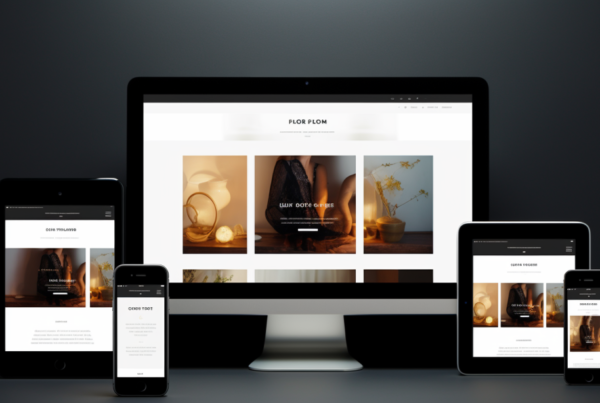Crafting the perfect WordPress theme is a blend of art and science, requiring a deep understanding of both design principles and technical know-how. This guide is designed to help designers navigate the complexities of theme creation, offering insights and tips to tailor a WordPress theme that not only looks stunning but also performs exceptionally.
Understanding WordPress Theme Anatomy
Familiarizing with Theme Structure
Before delving into customization, it’s essential to understand the anatomy of a WordPress theme. Familiarize yourself with the standard files and their functions, such as header.php, footer.php, sidebar.php, and functions.php.
Establishing Design Goals
Envisioning the End Result
Define what you want to achieve with your theme. Consider the target audience, the desired user experience, and the overall aesthetic appeal. A clear vision guides the design process and ensures that all elements align with the theme’s purpose.
Choosing the Right Base Theme
Selecting a Foundation for Customization
Select a base theme that closely aligns with your design goals. This could be a minimal theme that offers flexibility or a more feature-rich theme that matches your desired functionality.
Creating a Child Theme
Safe Customization Practices
Always create a child theme for customization. This practice allows you to make changes without affecting the original theme, ensuring that your modifications are preserved during updates.
Leveraging WordPress Customizer
Interactive Design Customization
Use the WordPress Customizer for interactive design changes. It provides a real-time preview of changes, allowing for adjustments to elements like colors, fonts, and layout without needing to refresh the page.
Delving into Advanced Customization
Going Beyond Basic Tweaks
For more advanced customization, dive into the theme’s CSS and PHP files. Custom code can significantly alter the theme’s appearance and functionality. Ensure you follow best coding practices to maintain the integrity and security of the theme.
Responsive Design
Ensuring Cross-Device Compatibility
Responsive design is non-negotiable in today’s digital landscape. Ensure your theme adapts seamlessly to various screen sizes and devices for an optimal user experience.
Optimizing for Performance and SEO
Balancing Aesthetics and Efficiency
A beautiful theme shouldn’t compromise on performance and SEO. Optimize images, minify CSS and JavaScript files, and ensure clean, search engine-friendly coding.
Regular Updates and Maintenance
Keeping the Theme Up-to-Date
Regularly update your theme to ensure compatibility with the latest WordPress version, improve security, and introduce new features or enhancements.
Conclusion: The Art of WordPress Theme Design
Crafting Functional Beauty
In conclusion, designing the perfect WordPress theme is an art that involves careful planning, creative execution, and ongoing maintenance. By embracing these principles and practices, designers can create themes that not only captivate users visually but also provide a seamless and effective user experience.



